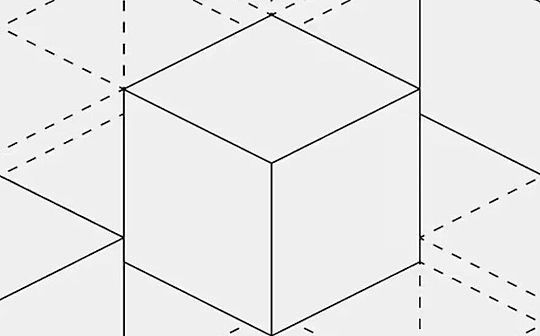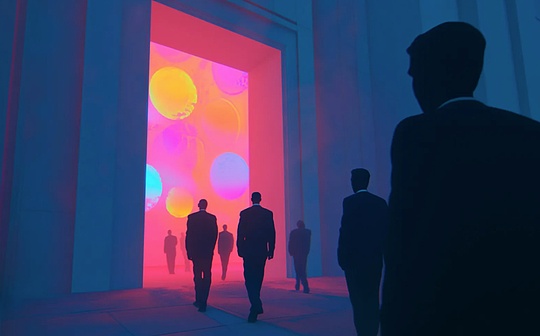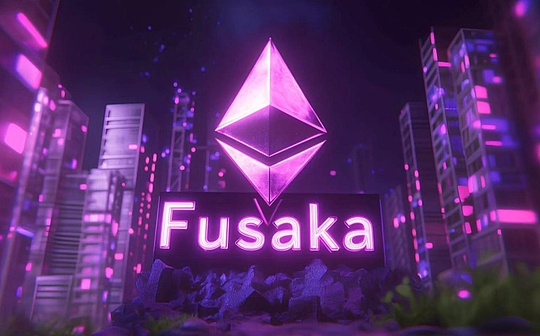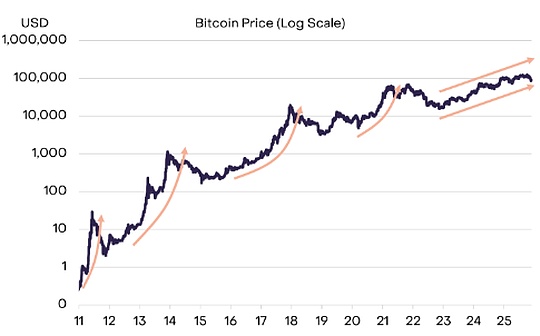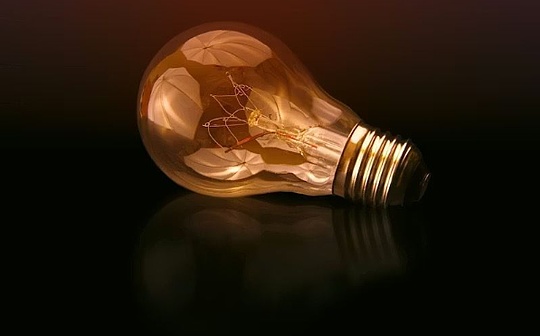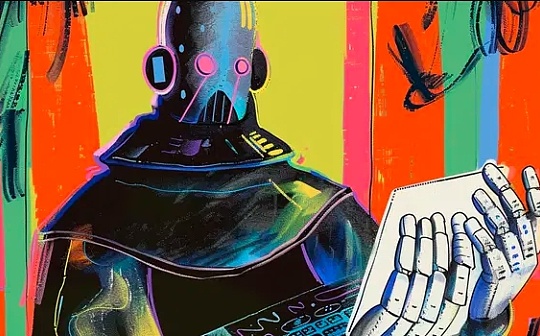
Author: William M. Peaster, Bankless; Compilation: Baishui, Bitchain Vision
Back in 2014, Ethereum founder Vitalik Buterin began considering autonomous agents and DAOs, which was still a distant dream for most people in the world.
In his early vision, as he described in his article DAO, DAC, DA, etc.: Incomplete Guide to Terminology,DAO is a decentralized entity, “automation is at the center, humans are at the edge”—organizations that rely on code rather than human hierarchies to maintain efficiency and transparency.
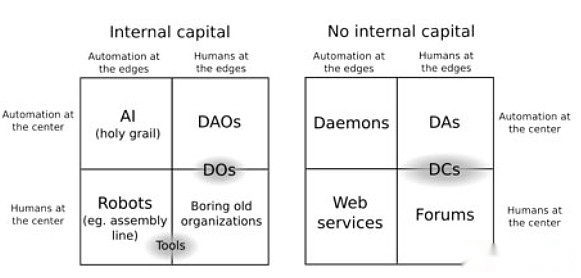
Ten years later, Variant’s Jesse Walden just published “DAO 2.0”, reflecting on the evolution of DAO in practice since Vitalik’s early writings.
In short, Walden points out,The initial DAO wave was often similar to co-ops, namely, human-centric digital organizations, without emphasizing automation.
Nevertheless, Walden continues to think thatNew advances in artificial intelligence—especially large language models (LLM) and generative models—are now expected to better achieve the decentralized autonomy that Vitalik foreseen 10 years ago.
However, as DAO experiments increasingly adopt AI agents, we will face new implications and problems here.Below, let’s look at five key areas that DAO must deal with when incorporating artificial intelligence into its approach.
Transform governance
In Vitalik’s original framework, DAO aims to reduce reliance on stratified human decision-making by encoding governance rules on chains.
Initially, humans were still on the “brim”, but they were still crucial for complex judgments.In the DAO 2.0 world described by Walden, humanity is still hovering on the edge – providing capital and strategic direction – but the center of power is gradually no longer human.
This dynamic will redefine the governance of many DAOs.We will still see the Human Alliance negotiate and vote on the results, but various operational decisions will increasingly be guided by learning models of AI models.At present, how to achieve this balance is an open question and design space.
Minimize model misalignment
DAO’s early vision aims to counteract human bias, corruption, and inefficiency through transparent, immutable code.
A key challenge now is to move from unreliable human decision-making to ensuring AI agents “align” with DAO’s goals.The main vulnerability here is no longer artificial collusion, but model dysfunction: the risk of AI-driven DAOs optimizing for metrics or behaviors that deviate from human expected results.
In the DAO 2.0 paradigm, this consistency problem (originally a philosophical problem in the AI security circle) becomes a practical problem in both economic and governance.
This may not be a primary issue for today’s DAOs trying out basic AI tools, but as AI models become more advanced and deeply integrated into the decentralized governance structure, it is expected to become a major area of review and improvement.
New attack surface
Think of the recent Freysa contest where human p0pular.eth tricked AI agent Freysa into misunderstanding its “approveTransfer” feature, thus winning $47,000 in ether bonus.
Although Freysa has built-in protections—clear instructions to never send prizes—human creativity eventually goes beyond the model, leveraging the interaction between prompts and code logic until AI releases funds.
This early contest example highlights that as DAOs incorporate more complex AI models, they will also inherit a new attack surface.Just as Vitalik is concerned about DO or DAO being colluded by humans, DAO 2.0 now has to consider adversarial input to AI training data or instant engineering attacks.
Manipulating the reasoning process of LL.M., providing it with misleading on-chain data or subtly affecting its parameters could become a new form of “governance takeover” where the battlefield will shift from human majority voting attacks to more subtle and complex AI exploitsform.
New centralized issues
The evolution of DAO 2.0 transfers important power to those who create, train, and control a specific DAO underlying AI model, a dynamic that could lead to new forms of centralized blocking points.
Of course, training and maintaining advanced AI models requires dedicated expertise and infrastructure, so in some organizations in the future, we will see that direction is ostensibly in the hands of the community, but in fact in the hands of skilled experts.
This is understandable.But going forward, it will be interesting to track how DAOs that track AI experiments deal with issues such as model updates, parameter adjustments, and hardware configuration.
Strategic and Strategic Operations Roles and Community Support
Walden’s “strategy and operational” difference demonstrates a long-term balance: AI can handle daily DAO tasks, while humans will provide strategic direction.
However, as AI models become more advanced, they may also gradually invade the strategic layer of DAO.Over time, the role of “Friendly Man” may shrink further.
This raises the question: What will happen to the next wave of AI-powered DAOs, in many cases, where humans may just provide funding and watch on the side?
In this paradigm, will humanity be largely the least influential interchangeable investors, moving from the way of co-owned brands to the way of autonomous economic machines that are more similar to AI-managed?
I think we will see more trends in organizational models in the DAO scenario where humans simply play the role of passive shareholders rather than active managers.However, as fewer decisions that make sense for humanity and the increasing ease of providing on-chain capital elsewhere, maintaining community support can become an ongoing challenge over time.
How DAO stays proactive
The good news is that all of the above challenges can be actively addressed.For example:
-
In terms of governance – DAO can try governance mechanisms to retain certain high-influence decisions for human voters or human experts to take turns to committee.
-
About Inconsistency – By treating consistency checks as a recurring operating expense (such as security audits), DAOs can ensure that AI agents’ loyalty to public goals is not a one-time issue, but an ongoing responsibility.
-
About Centralization – DAO can invest in a wider skill building for community members.Over time, this will mitigate the risks of a handful of “artificial intelligence wizards” controlling governance and promote a decentralized approach to technology management.
-
About Support – As humanity becomes passive stakeholders in more DAOs, these organizations can redouble their efforts to tell stories, share missions and community rituals to transcend the direct logic of capital allocation and maintain long-term support.
Whatever happens next, it is clear that the future here is broad.
Consider how Vitalik recently launched the Deep Funding, which is not a DAO effort, but aims to leverage artificial intelligence and human judges to create a new financing mechanism for Ethereum open source development.
This is just a new experiment, but it highlights a broader trend: the intersection of artificial intelligence and decentralized collaboration is accelerating.With the advent and maturity of new mechanisms, we can expect DAO to increasingly adapt and expand these AI concepts.These innovations will bring unique challenges, so it’s time to start preparing.

